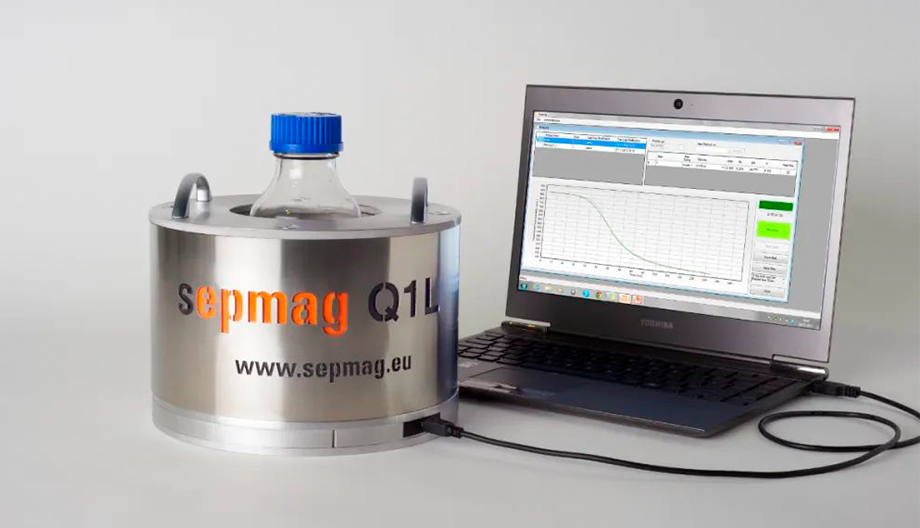
Why you canʼt simply use a larger magnet for larger volumes?
The key parameter for the biomagnetic separation processes is the magnetic force applied over the magnetic beadsʼ suspension. The competition of this force with the drag force generated by the buffer viscosity will translate into the speed at which the magnetic beads separate.


 Global-English
Global-English



 Global-English
Global-English







